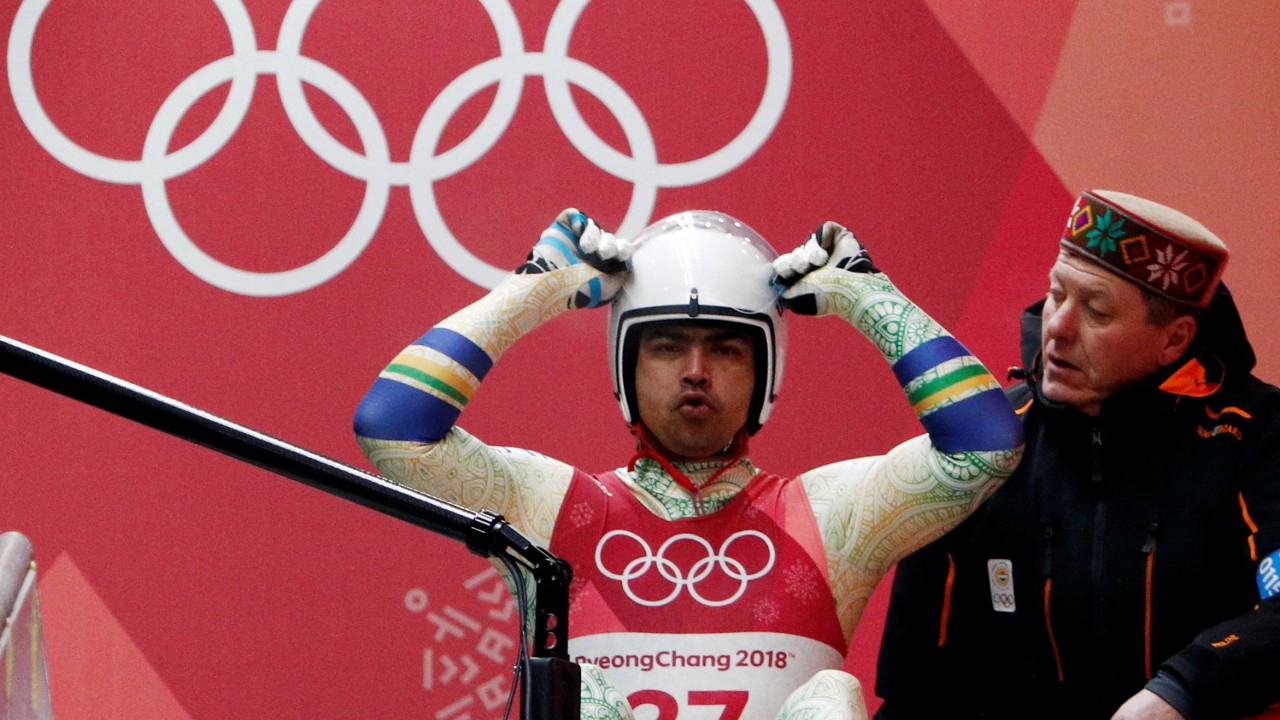

An Indian Olympian's journey highlights the challenges and frustrations faced by winter sports athletes in a nation where such disciplines struggle for recognition and support. Despite personal sacrifices and unwavering dedication, these athletes often encounter indifference from their own country, hindering their progress and potential.
India has participated in the Winter Olympics since 1964, yet the infrastructure and support for winter sports remain underdeveloped compared to sports popular in the Summer Games. This disparity creates significant obstacles for athletes who often have to train abroad, seeking adequate facilities and coaching. The lack of domestic infrastructure also limits opportunities for aspiring winter athletes, hindering the growth of these sports within the country.
The most prominent Winter Olympian for India has been Shiva Keshavan, a luge slider. Keshavan has represented India at the Winter Olympics multiple times. He also holds the Asian speed record in luge. Despite his achievements, Keshavan has spoken about the difficulties in securing funding and support, often relying on personal resources and external sponsorships to pursue his Olympic dreams.
India has achieved some success at the Special Olympics World Winter Games. In March 2025, the nation concluded its campaign with a total of 33 medals. While these achievements are commendable, they also highlight the potential that exists within the country if winter sports receive greater attention and investment.
The absence of widespread awareness and appreciation for winter sports further exacerbates the challenges faced by Indian athletes. Unlike cricket or field hockey, which enjoy massive popularity and government backing, winter sports struggle to capture the imagination of the Indian public and policymakers. This lack of visibility translates into fewer opportunities for funding, sponsorship, and media coverage, creating a vicious cycle of neglect.
To foster a thriving winter sports culture in India, a multi-pronged approach is essential. This includes investing in infrastructure development, providing financial assistance to athletes, promoting winter sports at the grassroots level, and raising awareness among the general public. Encouraging private sector involvement and establishing partnerships with countries that have a strong winter sports tradition could also prove beneficial. By addressing these challenges and embracing the potential of its winter athletes, India can transform its indifference into enthusiastic support, paving the way for future generations to excel on the global stage.